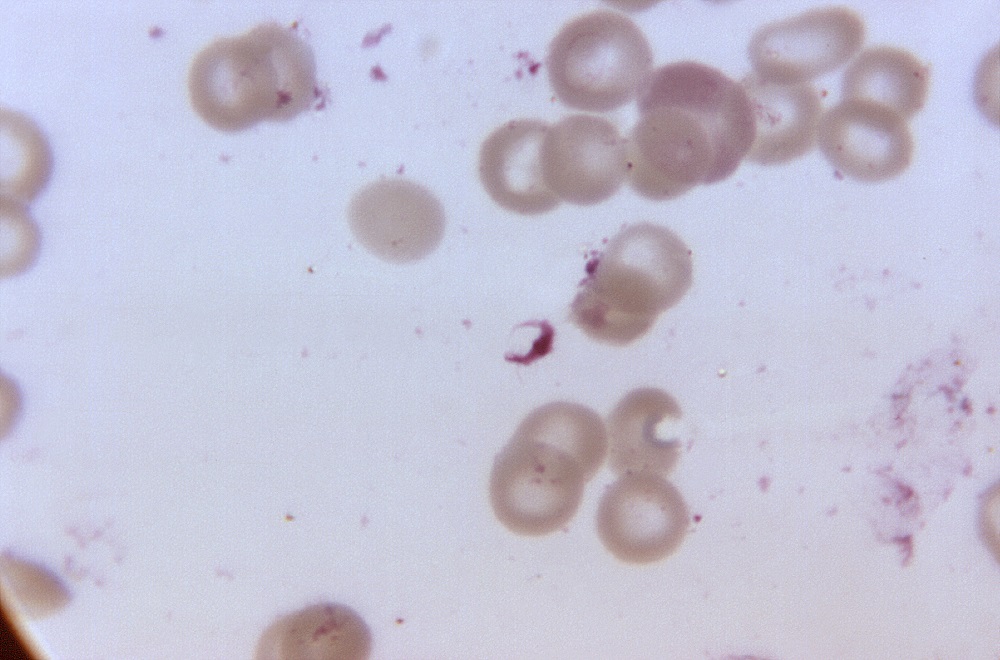Gametocyte Carriage Study Group
Gametocyte Carriage Study Group

A pooled analysis of Plasmodium falciparum gametocyte carriage in regions of differing malaria endemicity.
Data were collected from over 125 studies with gametocyte information including more than 61,000 patients.
The Study Group formed in February 2014, with an open invitation to potential participants. The Study Group closed to new participants in October 2014. Preliminary analysis was presented at the BMC Challenge in Malaria Conference in Oxford in October 2014, with a second round analysis oral presentation at the ASTMH Annual Meeting in New Orleans in November 2014.
The group completed the data gathering, curation and analysis, and the research: Gametocyte carriage in uncomplicated Plasmodium falciparum malaria following treatment with artemisinin combination therapy: a systematic review and meta-analysis of individual patient data has been published in BMC Medicine.
The World Health Organization recommends that patients with uncomplicated malaria be treated with a combination of two unrelated drugs, with the currently preferred option being Artemisinin Combination Therapies (ACTs). Drugs with gametocytoidal activity have the potential to reduce the transmission potential of malaria and decrease the spread of drug resistant parasites.
Unlike most schizontocidal agents the artemisinin derivatives have activity against the stage II-IV gametocyte sexual stages. However the consequences of this gametocytocidal activity varies depending on the drug regimen, the doses given, the local prevalence of drug resistance and host immunity.
A variety of confounding factors have been associated with gametocyte carriage including: presentation with fever, a high asexual parasitaemia, age, anaemia, pure infection of P. falciparum and a palpable spleen. Furthermore the metrics for measuring gametocyte carriage vary considerably from simple proportions of patients who have gametocytes observed during follow up, to measures of incidence density and ultimately to the infectivity of the patients’ blood to mosquitoes. Whilst there is good evidence that ACTs are associated with a significant reduction in gametocyte carriage, the crucial factor is the ability of patients to infect the mosquito vector.
The public health benefit of different ACTs and their ability to reduce malaria transmission are now crucial factors that need to be considered as part of decisions on antimalarial policy. There is an urgent need to review gametocyte carriage across a variety of settings using standardised analytical approaches, controlling for confounding factors.
The purpose of this Study Group is to assess the risk factors for treatment failure associated with gametocyte carriage and clearance across a range of endemic settings and drug treatments. To achieve this requires a standardised database and a set of metrics which are derived in a systemic manner. Data within the WWARN repository provide an excellent opportunity to achieve this.
- Uncomplicated P. falciparum malaria (either alone or mixed)
- Asexual counts at day 0
- Sexual parasite (gametocyte) counts or prevalence at day 0
- Well described method of counting parasites/gametocytes (thick or thin film, number of examined fields)
- Haemogolobin (or haematocrit) estimation at day 0 and during follow-up
- Sexual parasitaemia (density or prevalence) during follow-up
- Asexual parasitaemia (density or prevalence) during follow-up
- Continuous gametocyte count rather than binary
- Information on the drug regimens and dosing protocols
- Dosing variables (the number of tablets administered/day, dosing plan, tablet strength or mg/kg drug dosage)
- Other clinical covariates available at baseline (such as dose vomiting, duration of fever prior to presentation, past history of malaria)
After upload to the WWARN Data Repository, WWARN will standardise data sets according to the Gametocyte Carriage Statistical Analysis Plan and pool into a single database of quality-assured individual patient data.
The following primary outcomes will be evaluated:
- Presence of gametocytes (binary) and their density at presentation prior to treatment
- Speed of clearance of initial gametocyte carriage in those presenting with gametocytes
- Appearance of gams during follow up stratified by presence at enrolment
- Duration of gam carriage during follow up
Analyses will include:
- Association between demographic, baseline clinical and location characteristics and gametocyte carriage on enrollment
- Factors affecting duration of carriage
- Factors affecting duration of carriage in patients with gametocytaemia on enrolment (treatment, location characteristic, patient baseline characteristics)
- Association between clinical and parasitological outcome and gametocyte carriage
- Association between gametocyte carriage and asexual parasite clearance (if sufficient data)
The Study Group comprised participating investigators who contributed relevant data sets to the pooled analysis. The group was led by Dr Teun Bousema at the London School of Hygiene & Tropical Medicine. Data sets remain the property of the investigator. The Study Group collectively made decisions with respect to including additional studies and data analysis, in line with the WWARN Publication Policy. The group published under the WWARN Study Group label with all contributors designated as authors, and their contributions listed.
The data has been uploaded into the WWARN Data Repository, and curated and standardised into one format using the Gametocyte Carriage Statistical Analysis Plan. It has then been pooled into a single database of quality-assured individual patient data. The WWARN statistician(s) were responsible for statistical analyses.
For further information, email WWARN@wwarn.org.
Gametocyte Carriage Study Group. Gametocyte carriage in uncomplicated Plasmodium falciparum malaria following treatment with artemisinin combination therapy: a systematic review and meta-analysis of individual patient data. BMC Medicine. May 24, 2016.

